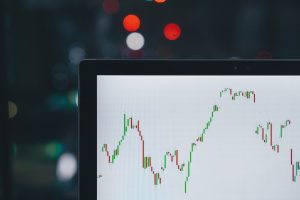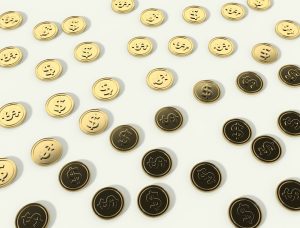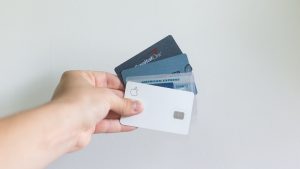Australia is home to one of the most active and dynamic forex trading industries in the world. As a result, the country has developed a set of regulations to ensure that traders are protected from fraud and other financial crimes. One such regulation is the standard leverage for forex trading in Australia.
Leverage is a term used in the forex market to describe the amount of money that traders are allowed to borrow from their brokers to invest in currency pairs. Higher leverage means that traders can make bigger trades with less money, but it also increases the risk of losing money.
In Australia, the standard leverage for forex trading is determined by the Australian Securities and Investments Commission (ASIC). The ASIC is the regulatory body that oversees financial institutions in the country, including forex brokers.
Under ASIC rules, the maximum leverage for forex trading in Australia is 1:30 for major currency pairs, such as EUR/USD, GBP/USD, and USD/JPY. This means that traders can borrow up to 30 times their initial investment. For example, if a trader has $1,000 in their account, they can trade up to $30,000 worth of currency.
For minor currency pairs, the maximum leverage is 1:20. Minor currency pairs include pairs that do not involve the US dollar, such as EUR/GBP or AUD/NZD.
For exotic currency pairs, which include currencies from emerging markets or smaller economies, the maximum leverage is 1:10. Exotic currency pairs are generally considered to be higher risk, and therefore require lower leverage.
It is important to note that not all forex brokers in Australia offer the maximum leverage allowed by ASIC. Some brokers may have their own leverage limits, which may be lower than the ASIC standard. This is why it is important for traders to research and compare different brokers before choosing one.
The ASIC’s leverage rules are designed to protect traders from excessive risk and to prevent brokers from engaging in fraudulent activities. High leverage can lead to large losses, especially when traders are inexperienced or do not have a solid trading strategy. By limiting leverage, the ASIC ensures that traders can only invest what they can afford to lose.
In addition to leverage limits, the ASIC also requires forex brokers to meet other regulatory requirements, such as maintaining adequate capital reserves, segregating client funds, and providing transparent pricing and trading conditions. Brokers that fail to meet these requirements can face fines, license revocation, or other penalties.
Overall, the standard leverage for forex trading in Australia is 1:30 for major currency pairs, 1:20 for minor currency pairs, and 1:10 for exotic currency pairs. Traders should be aware of these limits and choose a broker that adheres to ASIC regulations. By doing so, they can minimize their risk and ensure that their trading experience is safe and transparent.





